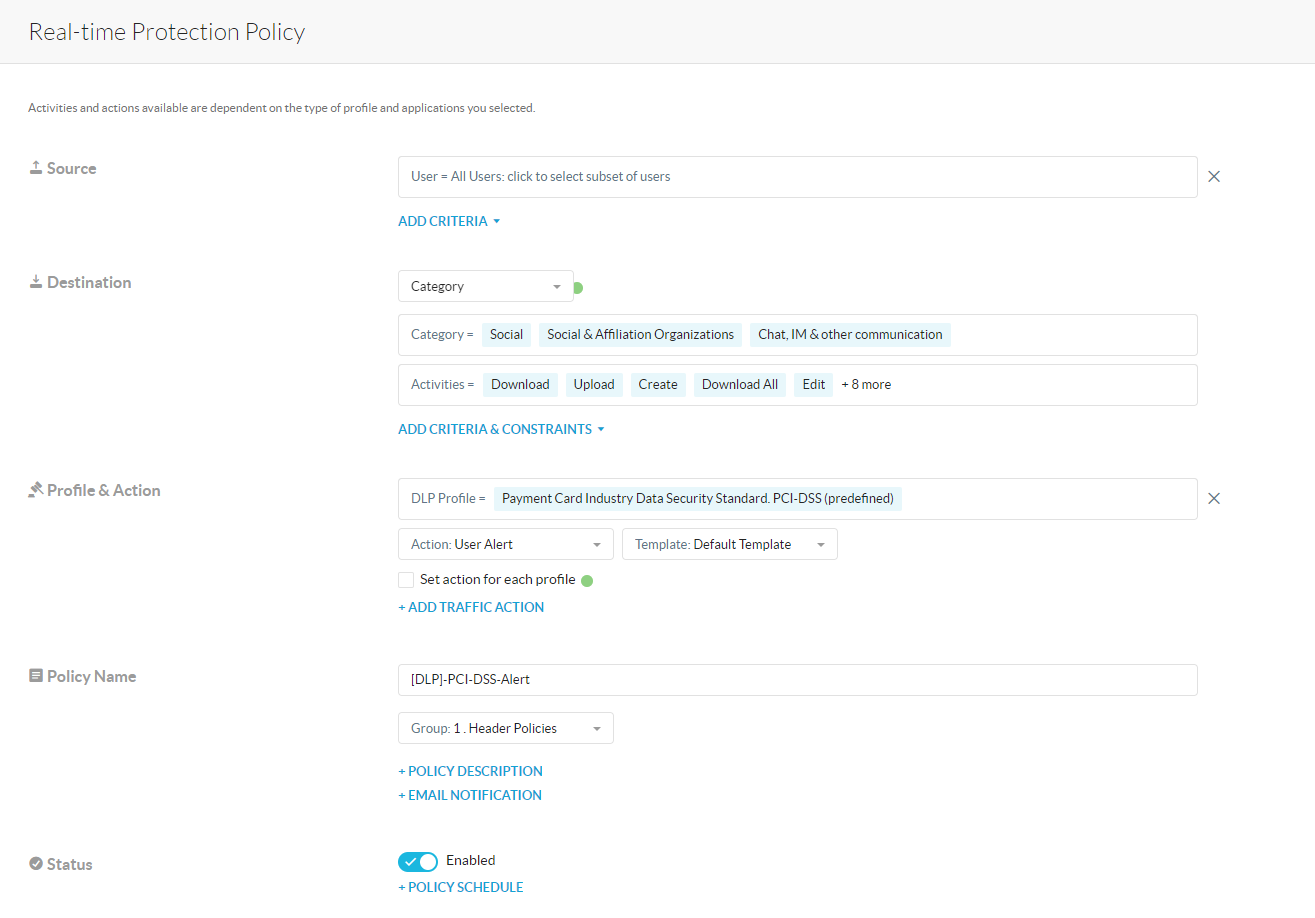Hi Community Team,
A DLP policy with PCI-DSS profile is placed as top-rule to identify sensitive information in upload & download activities. It is working as expected only with DOCX files. This policy is not working with CSV, TXT, JPG & PNG files. When uploading CSV/TXT files, the policy is not even being hit. I would like enquire with Netskope community if anyone has noticed such issue and how they fixed it.
Thanks.










